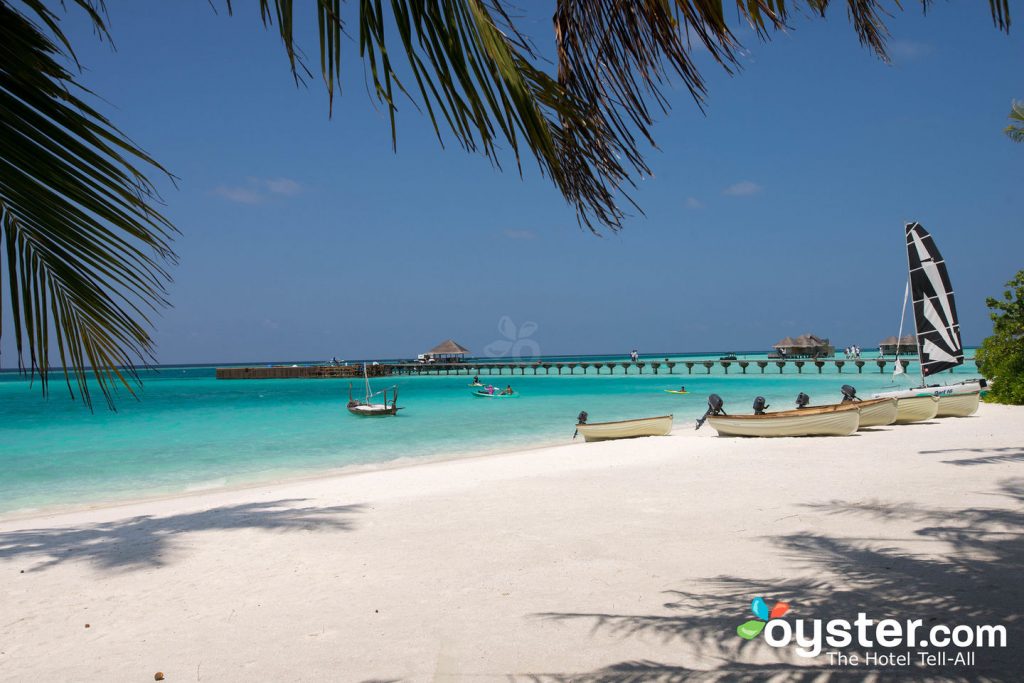
On June 1, 2017, Donald Trump announced that the United States would be leaving the Paris Agreement. While the accord certainly wasn't perfect, it took concrete steps to curb the world's reliance on fossil fuels, thus reducing the climate altering emissions trapped within the earth's atmosphere. Trump asserted that this would make the United States more competitive in the global economy and that, according to The New York Times, it would save over two million American jobs.
In truth, though, green energy is the wave of the future, with major emerging economies like India aiming to have 60 percent of their energy consumption derived from renewable resources like solar and wind by 2027, according to The Guardian.
Putting aside the disastrous future implications for the planet's stability -- and the likelihood that the American economy will be adversely affected by climate change -- the effects are being felt right now in every corner of the world. This is having a major impact on big-ticket destinations like Miami and Southeast Asia, as well as bucket-list spots like the Great Barrier Reef. What follows is just a small sampling of the major tourist destinations where climate change is already wreaking havoc. And be prepared -- according to the experts that we've spoken with, it's only going to get worse.
Notice: Undefined offset: 4 in /nas/content/live/stagingstmllc/wp-content/plugins/smartertravel-shared/includes/ads/includes/api.php on line 92
Notice: Undefined offset: 5 in /nas/content/live/stagingstmllc/wp-content/plugins/smartertravel-shared/includes/ads/includes/api.php on line 92
Notice: Undefined offset: 6 in /nas/content/live/stagingstmllc/wp-content/plugins/smartertravel-shared/includes/ads/includes/api.php on line 92
Notice: Undefined offset: 4 in /nas/content/live/stagingstmllc/wp-content/plugins/smartertravel-shared/includes/ads/includes/api.php on line 98
Notice: Undefined index: pass_through_args in /nas/content/live/stagingstmllc/wp-content/plugins/smartertravel-shared/includes/ads/includes/api.php on line 158
Notice: Undefined index: wrapper in /nas/content/live/stagingstmllc/wp-content/plugins/smartertravel-shared/includes/ads/includes/api.php on line 159
Notice: Undefined offset: 4 in /nas/content/live/stagingstmllc/wp-content/plugins/smartertravel-shared/includes/ads/includes/api.php on line 92
Notice: Undefined offset: 5 in /nas/content/live/stagingstmllc/wp-content/plugins/smartertravel-shared/includes/ads/includes/api.php on line 92
Notice: Undefined offset: 6 in /nas/content/live/stagingstmllc/wp-content/plugins/smartertravel-shared/includes/ads/includes/api.php on line 92
Notice: Undefined offset: 4 in /nas/content/live/stagingstmllc/wp-content/plugins/smartertravel-shared/includes/ads/includes/api.php on line 98
Notice: Undefined index: pass_through_args in /nas/content/live/stagingstmllc/wp-content/plugins/smartertravel-shared/includes/ads/includes/api.php on line 158
Notice: Undefined index: wrapper in /nas/content/live/stagingstmllc/wp-content/plugins/smartertravel-shared/includes/ads/includes/api.php on line 159
Notice: Undefined offset: 4 in /nas/content/live/stagingstmllc/wp-content/plugins/smartertravel-shared/includes/ads/includes/api.php on line 92
Notice: Undefined offset: 5 in /nas/content/live/stagingstmllc/wp-content/plugins/smartertravel-shared/includes/ads/includes/api.php on line 92
Notice: Undefined offset: 6 in /nas/content/live/stagingstmllc/wp-content/plugins/smartertravel-shared/includes/ads/includes/api.php on line 92
Notice: Undefined offset: 4 in /nas/content/live/stagingstmllc/wp-content/plugins/smartertravel-shared/includes/ads/includes/api.php on line 98
Notice: Undefined index: pass_through_args in /nas/content/live/stagingstmllc/wp-content/plugins/smartertravel-shared/includes/ads/includes/api.php on line 158
Notice: Undefined index: wrapper in /nas/content/live/stagingstmllc/wp-content/plugins/smartertravel-shared/includes/ads/includes/api.php on line 159
Notice: Undefined offset: 4 in /nas/content/live/stagingstmllc/wp-content/plugins/smartertravel-shared/includes/ads/includes/api.php on line 92
Notice: Undefined offset: 5 in /nas/content/live/stagingstmllc/wp-content/plugins/smartertravel-shared/includes/ads/includes/api.php on line 92
Notice: Undefined offset: 6 in /nas/content/live/stagingstmllc/wp-content/plugins/smartertravel-shared/includes/ads/includes/api.php on line 92
Notice: Undefined offset: 4 in /nas/content/live/stagingstmllc/wp-content/plugins/smartertravel-shared/includes/ads/includes/api.php on line 98
Notice: Undefined index: pass_through_args in /nas/content/live/stagingstmllc/wp-content/plugins/smartertravel-shared/includes/ads/includes/api.php on line 158
Notice: Undefined index: wrapper in /nas/content/live/stagingstmllc/wp-content/plugins/smartertravel-shared/includes/ads/includes/api.php on line 159
Notice: Undefined offset: 4 in /nas/content/live/stagingstmllc/wp-content/plugins/smartertravel-shared/includes/ads/includes/api.php on line 92
Notice: Undefined offset: 5 in /nas/content/live/stagingstmllc/wp-content/plugins/smartertravel-shared/includes/ads/includes/api.php on line 92
Notice: Undefined offset: 6 in /nas/content/live/stagingstmllc/wp-content/plugins/smartertravel-shared/includes/ads/includes/api.php on line 92
Notice: Undefined offset: 4 in /nas/content/live/stagingstmllc/wp-content/plugins/smartertravel-shared/includes/ads/includes/api.php on line 98
Notice: Undefined index: pass_through_args in /nas/content/live/stagingstmllc/wp-content/plugins/smartertravel-shared/includes/ads/includes/api.php on line 158
Notice: Undefined index: wrapper in /nas/content/live/stagingstmllc/wp-content/plugins/smartertravel-shared/includes/ads/includes/api.php on line 159
1. The Great Barrier Reef
Image courtesy of FarbenfroheWunderwelt via Flickr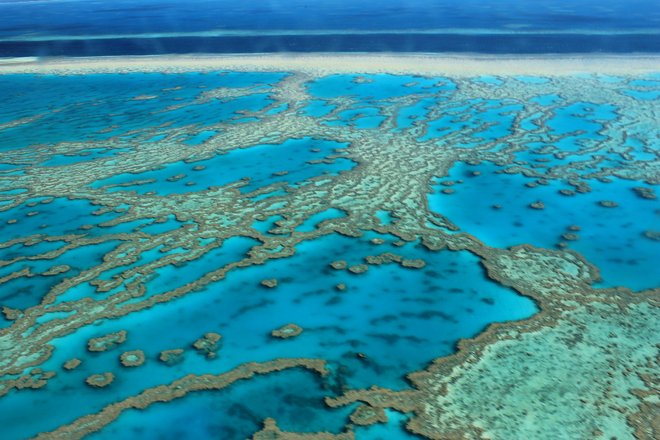
When Outside magazine published its intentionally alarmist obituary for the Great Barrier Reef in late 2016, social media feeds everywhere were flooded with outrage and disbelief. While the article was admittedly meant to provoke action and discussion, it also managed to pass into the ether of the internet, and major news outlets like CNN sought to mitigate the alarms that were sent ringing. Fast forward to March 2017, though, and satire became reality, as The New York Times confirmed that many of the reefs previously most pristine sections had suffered nearly 90 percent bleaching rates, effectively confirming the death of the reef in those sections.
According to Maha Cziesielski, a researcher on coral reefs at the King Abdullah University of Science and Technology in Saudi Arabia, the effects of climate change on reefs around the world are dire and may be impossible to reverse. “Climate change affects coral reefs through more ways than most imagine. Besides ocean warming, changes in global climate are leading to ocean acidification, sea level rise, frequency of extreme events like El Nino, and shifts in local seasonality,” said Cziesielski. “These can lead to significant environmental changes and long-lasting stress events from which corals may only slowly — if at all — recover.”
Annual coral bleaching events, like those that have been occurring recently in the Great Barrier Reef, can have permanent effects. That’s due in part to the fragile and complex nature of reefs. “The main impact we are seeing on coral is bleaching due to increasing temperatures and decalcification due to ocean acidification,” Cziesielski told us. “Additionally, climate change is impacting recruitment and survival success of coral larvae, [and fueling] disease outbreaks on reefs. Coral are the main building blocks of reefs and their degradation leads to an immense habitat loss for many marine species, including commercially important ones. This ultimately affects the local fish populations and general biodiversity of the area.”
2. The Serengeti's Great Migration
Image courtesy of Joe Hunt via Flickr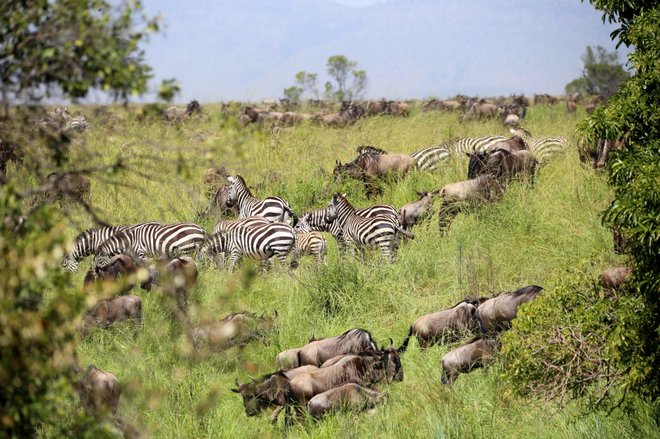
Picture packs of one to two million wildebeest stampeding across the wide grassy expanses of Serengeti National Park and Maasai Mara National Reserve (in Tanzania and Kenya, respectively). It’s a jaw-dropping spectacle that takes place twice a year, in March and November, and one that has been happening since well before humans had safari gear and fancy cameras. It’s not just wildebeest that partake in the massive event: zebras make their way across the plains as well, while leopards, lions, and crocodiles all lay in wait, playing their part in the Serengeti’s delicate life cycle.
As with other ecosystems on the planet, though, the Great Migration is in danger. While human encroachment on these animals’ habitats is likely the most direct factor in declining wildebeest populations, according to the United Nations Environment Programme, climate change is adding additional stress. The Great Migration is almost entirely driven by rainfall, as the animals move north from the Serengeti into Maasai Mara when the wet season water levels in the south begin to dry up. However, as the UN reports, in recent years, severe droughts have caused an almost complete collapse in certain herds that play a crucial role in the migration.
The shifting rain patterns also undermine the predictability of the Great Migration, meaning planning your safari is likely to get increasingly challenging. This is to say nothing of how declines in animal populations impact local communities and national economies that depend on the Great Migration for tourist income.
3. The Glaciers of Patagonia (and Elsewhere on Earth)
Image courtesy of Killy Ridols via Flickr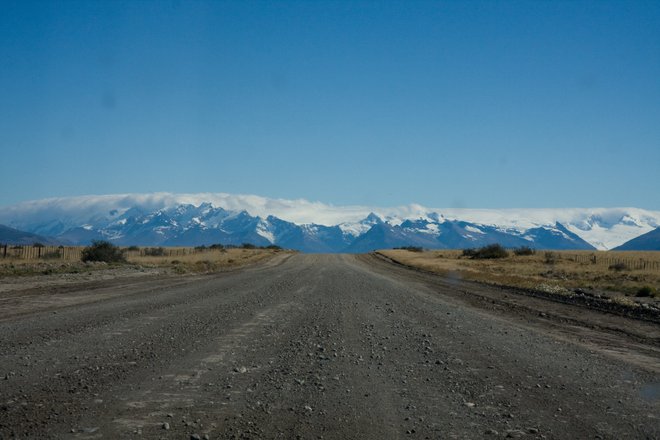
The world’s major mountain ranges are both an inspiration and a playground. Millions of people flock to them year round to take advantage of fresh air, adventure sports, and solitude. While we’ve already told you that some of the world’s most famous glaciers are melting, including those in Glacier National Park, the Swiss Alps, Alaska, and Iceland, the situation is actually more dire than that. Glacial melting is also far more widespread than travelers might understand, impacting bucket-list destinations like Patagonia, in the south of Chile and Argentina, particularly hard.
Most tourists — from casual trekkers to serious outdoor enthusiasts — are only capable of encountering the world’s most accessible mountain glaciers, meaning the ones found at lower altitudes and in more temperate climates. The problem is that these glaciers are far more susceptible to even small changes in temperature. As NASA and its researcher Alex Gardner have reported, “For the one percent of ice that is located in more temperate areas, any change in atmospheric temperature during months with above-freezing temperatures will manifest itself as an increase in melt.” This means glaciers in Alaska, Patagonia, and anywhere else where seasons exist (i.e. not in the Arctic or Antarctic regions). This also holds true for glaciers in fjords or that otherwise terminate in bodies of saltwater, including those found in Scandinavia and Alaska.
While it’s true that a small percentage of glaciers are growing — including Patagonia’s famous Perito Moreno — the vast majority are retreating. According to the European Space Agency, “The majority of the nearly 50 big glaciers fed by the Patagonian Ice Field in the park have been retreating during the last 50 years.”
4. Miami, South Beach, and the Florida Keys
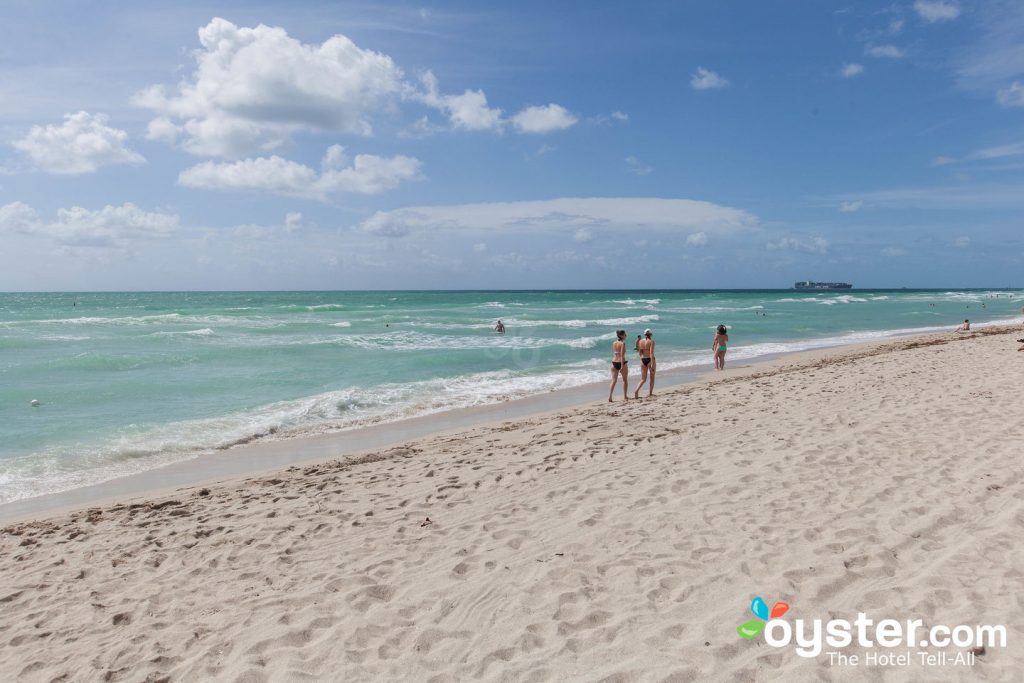
For most of the year, South Florida is a hot and steamy place, with a tropical climate that draws plenty of travelers, particularly in the winter months. However, as global temperatures steadily rise, those aforementioned melting mountain glaciers are adding a whole lot of extra water to lakes and rivers, which gets dumped into the ocean. In places like South Florida — particularly in Miami, South Beach, and the Florida Keys — that has already translated to flooding. And that’s without the added worries of seasonal rains and hurricanes.
Geology plays a serious role in the region’s flooding woes, and when higher sea levels are added to the mix, it’s an economically dangerous duo. Much of South Florida rests upon porous limestone that allows water to seep in from above and below sea level. The floods are especially bad during king tides. While these events occur regularly around the world, and are a natural phenomenon, as sea levels rise, they overwhelm existing flood controls. According to a BBC report, sea levels in South Florida are rising an average of nine millimeters per year — that’s more than a quarter of an inch in just one year. According to the same report, the process is accelerating — in less than a decade, the rise has increased three-fold.
This means a lot of things for travelers, including beaches that are unusable during king tides, crumbling infrastructure, potential dangers to rental cars, and impassable roads. That means your vacation could be unexpectedly interrupted even when the skies are crystal clear.
5. Bali, Singapore, and Southeast Asia
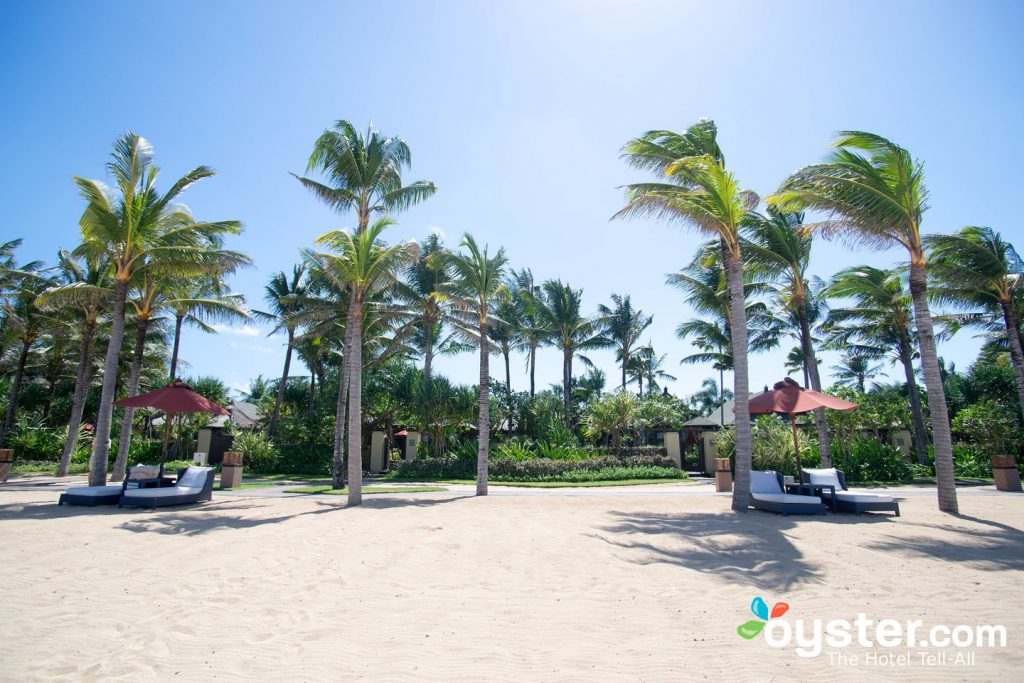
Climate change is not global warming and that misnomer has, in part, led to misunderstandings about how its effects will be felt around the world. It can mean intense winter blizzards as much as melting glaciers. It can also mean that drought cycles and excessive rainfall happen in close proximity to one another, or last for prolonged periods of time. This climactic drama is playing out across Southeast Asia as we speak.
There are regional variations throughout this part of the world, and the seasonal monsoons vary from Myanmar to the Philippines. However, previously unseen shifts in wet and dry seasons are becoming the new norm. Singapore is a fine example of the problem, as it sits almost squarely in the middle of Southeast Asia. When we reached out to the National Environment Agency of Singapore, they sent us a report revealing that contrasts between the wet and dry seasons are predicted to become even more pronounced. Figuring out when to travel to a dream destination like Bali thus becomes more difficult as the timing of wet and dry seasons shifts. For instance, a study by Rosamond L. Naylor, et. al. found that by 2050, the end of the wet season (typically beginning around April) will be at least 10 percent wetter than in past years, with sporadic rainfall lingering for months afterward. That means hikes up Mount Batur will be even harder to time.
Additionally, scoring bargains by choosing to travel in the wet season is likely to result in seeking cover from days-long rain events rather than just for an hour or two during what were typically isolated late-afternoon downpours. In dry season, you can expect blistering temperatures that are exacerbated by smog issues in cities like Bangkok, as well as by forest fires. While forest fires — like the massive outbreak in Indonesia in 2015 — are generally caused by humans, the lack of rain in the dry season coupled with high temperatures only make their potential for causing damage worse. This translates to haze, which — aside from ruining scenic vacation photos — has a severe impact on both human health and economic output in the region.
6. The Great Lakes
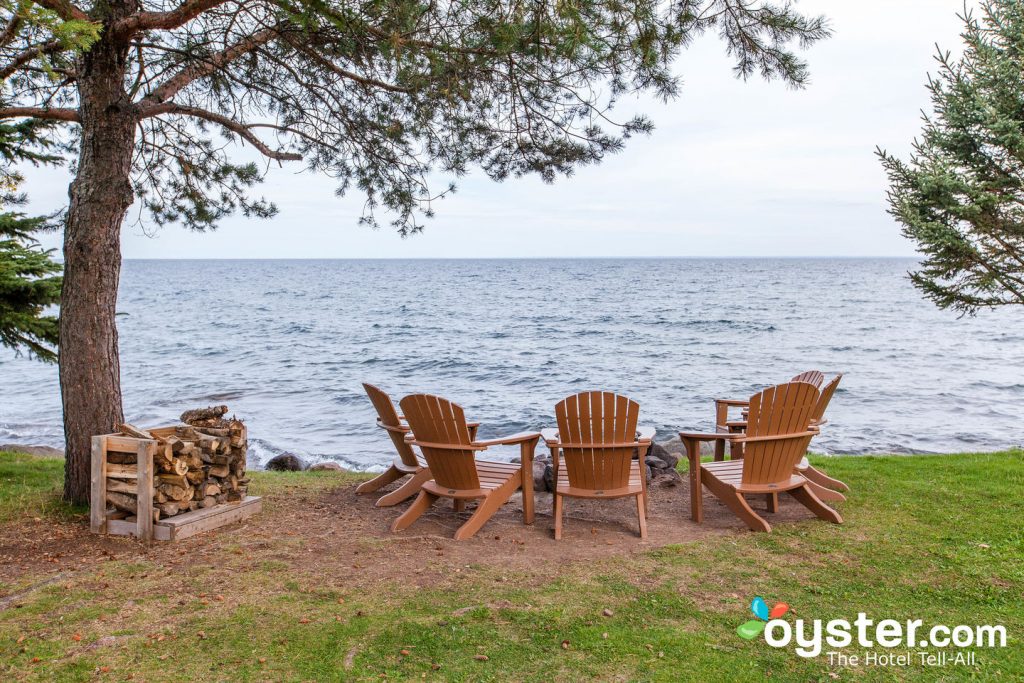
It’s not just oceanside destinations and high mountain vistas that you’ll have to remove from your travel plans as climate change continues to worsen. The Great Lakes — the largest freshwater system in the world — are particularly susceptible to rising as the planet’s temperature goes up. The National Wildlife Federation has found that climate change has wide-ranging effects on this massive ecosystem, including increased concentrations of invasive species like zebra mussels, fewer moose, smaller or relocated fisheries, and a number of other devastating consequences.
The agency also predicts that as global temperatures rise and yearly ice cover on the lakes diminishes, the lakes’ overall temperatures will rise earlier in the season and be two to 14 degrees higher than they have been in the past. This, coupled with lower water levels, means that water quality could take a nosedive. On top of the aforementioned effects this will have, it also increases the risks of toxic algae blooms, fueled by heavier spring rains and farm runoff.
Lake Erie, in particular, is vulnerable to these outbreaks, where microcystic algae releases toxins that can cause everything from diarrhea and vomiting to severe allergic reactions in people that swim in it. The International Joint Commission, an agency established by Canada and the United States to oversee shared water resources, found that in 2015, toxic algae blooms on Lake Erie lasted from July to October, effectively killing the summer tourist season in some places.
7. Fiji and the Maldives
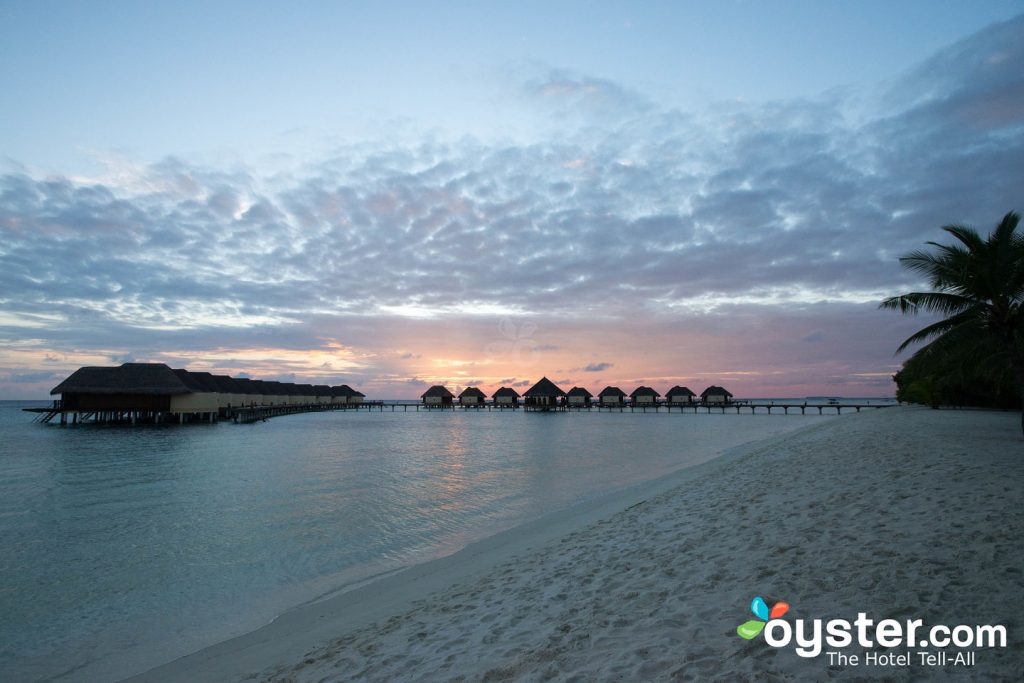
At first, these two island nations, which are separated by thousands of miles, might not seem to have much in common. But a similar fate is already playing out in both. Yes, they’re both known for their crystal blue waters, white-sand beaches, and luxe overwater bungalows, but all of those may soon be relegated to nothing more than a memory if the world continues its current climate trajectory.
The Maldives is one of the lowest-lying countries on the planet — at an average of just eight feet above sea level — and Fiji doesn’t fare much better. As such, even small changes in sea level rises can be catastrophic. As of 2012, villages on Fiji already began relocating due to coastal flooding. According to a study by the United Nations Office for Disaster Risk Reduction, the Denarau resort area and the region surrounding it stand to lose a combined total of $200 million due to flooding and intensified tropical cyclones.
The Maldivian government estimates that a third of its inhabited islands may have to be evacuated if current sea-level trends continue, according to The Guardian. That being said, the country has no plans to limit resort development, and is even considering creating artificial islands to achieve its ambitious tourism goals. This, of course, raises the specter of just what kind of contribution tourists are making to the country: Do all of those flights and their additional greenhouse gas emissions outweigh potential income from tourists and the forced relocation of citizens in the name of tourism? That much is up to you.
What You Can Do
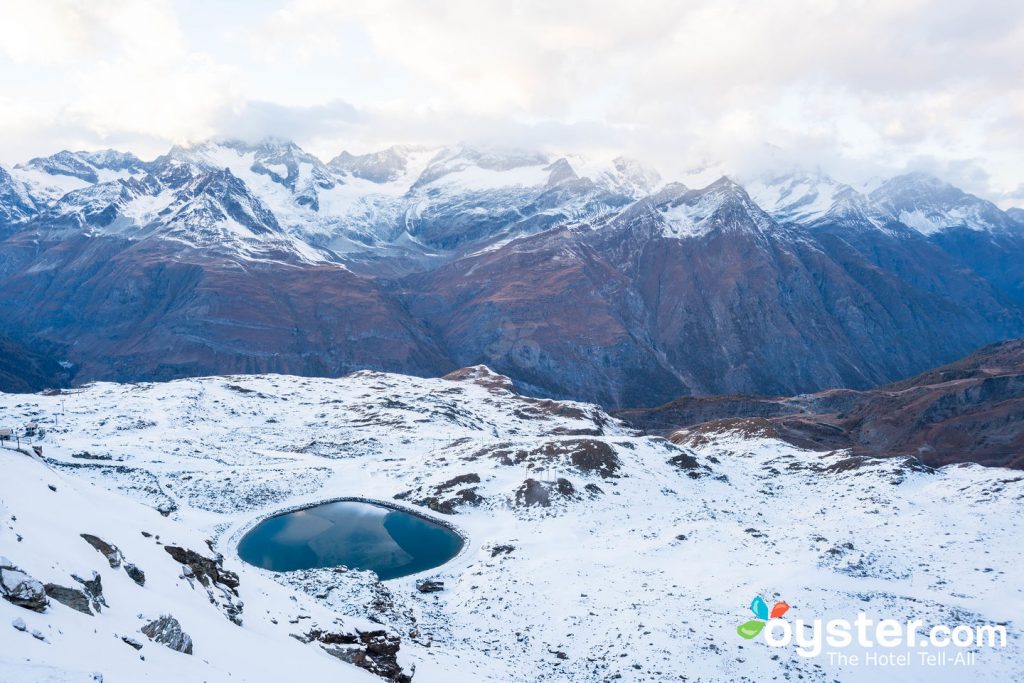
Travel in almost any form does some harm to the environment. This is true whether it’s stress placed on previously pristine woodland habitats or families packing into inefficient SUVs to drive to the beach or flying to an exotic destination. But there are steps that travelers can take to mitigate the impact they’re having on already fragile environments.
According to Cziesielski, travelers should be cognizant of where they are treading and how they interact with any ecosystem. “As with any nature trip, it is important to read about the service offered, the sustainability of it, and how you can do your best to reduce your footprint on the environment,” she says. This is true particularly in places as fragile as coral reefs, but it’s a logic that holds true anywhere. “When visiting a reef, either snorkeling or diving, do not touch, step, or lean on corals or any other animals (this is both for the animals and your own safety),” she says. “Be aware of pollution and reduce your contribution. It is not a matter of not visiting reefs, it is a matter of doing so environmentally consciously and sustainably.”
Additionally, it’s also worth considering how you can neutralize the damage you are inflicting on the environment due to your travels. This can range from small-scale decisions like choosing a green hotel, or choosing to explore places closer to home, and thus diminishing your reliance on fossil-fuel guzzling modes of transportation. According to The New York Times, certain airlines are trying to modernize their fleets to become more fuel efficient, and the UNWTO has declared 2017 the International Year of Sustainable Tourism for Development.
You’ll Also Like:
- Incredible Glaciers to See Before They Melt
- 7 Manmade and Natural Attractions to See Before They Vanish
- 6 Incredible Places to See Before They Disappear
All products are independently selected by our writers and editors. If you buy something through our links, Oyster may earn an affiliate commission.